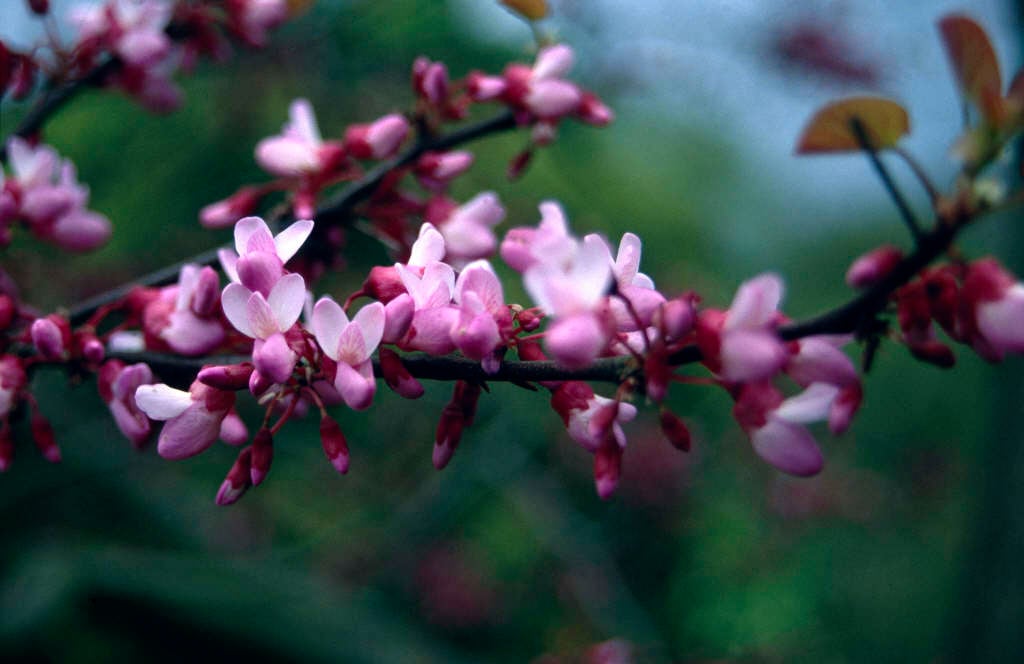Cercis siliquastrum
Judas tree
A bushy, deciduous small tree. Leaves to 10cm in width, broadly heart-shaped. Flowers rosy-pink, pea-shaped, in clusters on the older wood. Fruit a conspicuous flattened purplish pod to 12cm in length
Size
Ultimate height
8–12 metresTime to ultimate height
20–50 yearsUltimate spread
Wider than 8 metresGrowing conditions
Moisture
Well–drainedpH
Acid, Alkaline, NeutralColour & scent
| Stem | Flower | Foliage | Fruit | |
| Spring | Pink | Bronze | ||
|---|---|---|---|---|
| Summer | Green | |||
| Autumn | Yellow | Purple | ||
| Winter |
Position
- Full sun
- Partial shade
Aspect
South–facing or East–facing or North–facing or West–facing
Exposure
Exposed or ShelteredDrought resistance
Yes Hardiness
H5Botanical details
- Family
- Fabaceae
- Native to GB / Ireland
- No
- Foliage
- Deciduous
- Habit
- Bushy
- Genus
Cercis are deciduous shrubs or small trees with heart-shaped leaves and clusters of bright pink pea-flowers opening before or with the leaves, followed by flattened, deep purple pods
- Name status
Correct
- Plant range
- S Europe, W Asia
How to grow
Cultivation
Grow in well-drained soil in sun or partial shade
Propagation
Propagate by seed and semi-hardwood cuttings
Suggested planting locations and garden types
- Architectural
- Cottage and informal garden
- Wildlife gardens
Pruning
Pests
May be susceptible to leafhoppers and scale insects
Diseases
May be susceptible to verticillium wilt and coral spot
Get involved
The Royal Horticultural Society is the UK’s leading gardening charity. We aim to enrich everyone’s life through plants, and make the UK a greener and more beautiful place.
